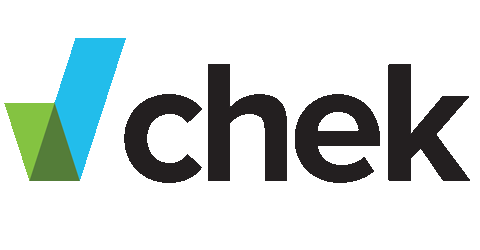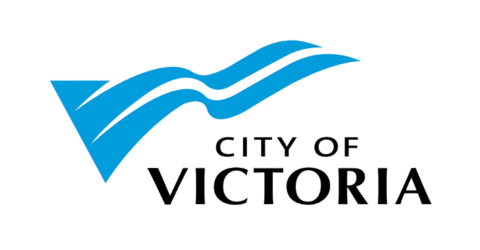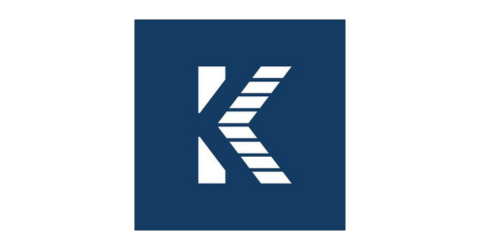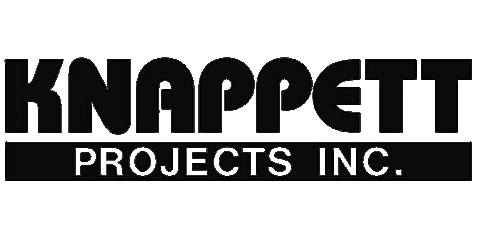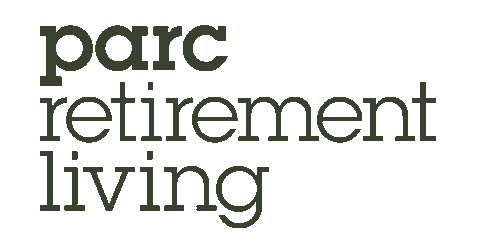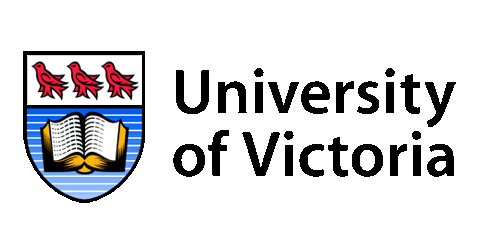Vital Signs Report gives housing failing grade, again
Greater Victoria has earned a “B” from this year’s Vital Signs Report, released yesterday by the Victoria Foundation. It’s the same score as last year.
“For nearly 20 years, Vital Signs has been helping the community identify and respond to the greatest challenges facing our region,” Victoria Foundation CEO Sandra Richardson said in a media release. “This year, the survey found cost of living, housing, and healthcare to be among the most important issues in Greater Victoria.”
The report looks at 12 areas and grades them based on data from a survey completed by more than 6,500 people as well as from sources curated by a local researcher
In the 2024 report, housing rated a D-, down from the D the area received last year. Health and wellness also fell from a B- to a C+ — as did the grade given to our standard of living.
Environmental sustainability earned a B, which is the same as last year.
On the positive side, sports and recreation increased from a B last year to a B+ this year. Belonging and engagement, arts and culture, and economy all stayed the same from last year.
The Vital Signs Report is available online at victoriavitalsigns.ca, as well as in print at various locations throughout the region.






